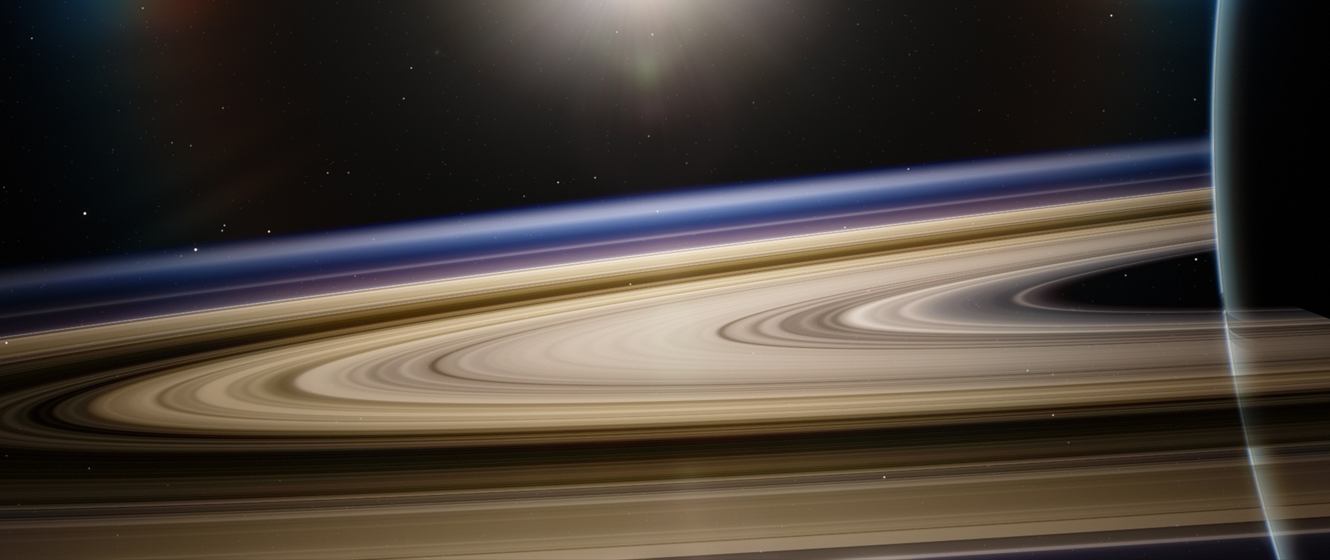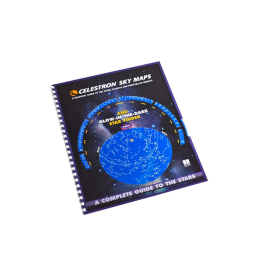
When Galileo first turned his refractor to Saturn, he saw something he didn’t quite understand. With all of the other planets in the solar system, they appeared as round objects (or in the case of Venus and Mercury, appeared to have phases). Saturn, instead, appeared to have what he called “ears”.
His telescope, suffering with significant chromatic aberration and what we would consider poor optics for modern astronomy, had shown him what no other human being had seen until that moment: the rings of Saturn.
Incorrectly, Galileo thought these ears were two large moons of the planet. It wasn’t until Christiaan Huygens observed Saturn with his telescope that the rings of Saturn were first truly understood. Huygens proposed that the rings of Saturn were a “thin, flat ring, nowhere touching, and inclined to the ecliptic (the path which all the planets follow around the Sun)”.
But what are Saturn’s rings made of?
For many centuries after Galileo, this remained a mystery. It was thought that Saturn’s rings were perhaps made of liquid, or was a solid body uniform in its density. It wasn’t until 1859 when James Clerk Maxwell concluded that this was not possible - if Saturn’s rings were completely solid, the entire Saturnian system would become unstable.
Instead, Maxwell concluded that Saturn’s rings were made up of small particles. This was the correct answer, and it was revealed through spectronomy (analyzing the light from Saturn’s rings) that Saturn’s rings were made up of tiny ice and dust particles. In the 21st century, we’ve sent multiple spacecraft to Saturn to observe what Saturn’s rings are made up of. Pioneer 11, Voyager 1 and 2, and Cassini have all made extensive observations of the rings of Saturn.
The rings of Saturn are composed of 99.9% pure water ice, with trace amounts of silicates. Despite their size, spanning nearly the size of the planet itself, they have an exceptionally low mass and are only a fraction of the Moon’s mass.


Learn More
Interested in learning more about the planets and the universe? Not sure where to begin? Check out our Astronomy Hub!
This Article was Last Updated on 08/16/2023












